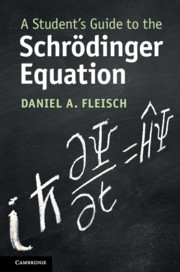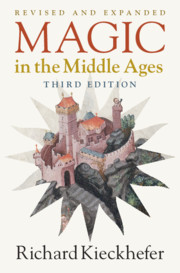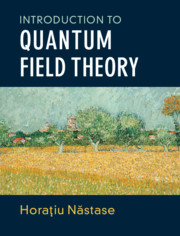Refine search
Actions for selected content:
36809 results in Cambridge Textbooks
Index
-
- Book:
- Magic in the Middle Ages
- Published online:
- 04 September 2021
- Print publication:
- 09 September 2021, pp 283-290
-
- Chapter
- Export citation
2 - The Classical Inheritance
-
- Book:
- Magic in the Middle Ages
- Published online:
- 04 September 2021
- Print publication:
- 09 September 2021, pp 28-54
-
- Chapter
- Export citation
1 - Introduction: Magic as a Crossroads
-
- Book:
- Magic in the Middle Ages
- Published online:
- 04 September 2021
- Print publication:
- 09 September 2021, pp 1-27
-
- Chapter
- Export citation
Copyright page
-
- Book:
- Magic in the Middle Ages
- Published online:
- 04 September 2021
- Print publication:
- 09 September 2021, pp iv-iv
-
- Chapter
- Export citation
7 - Invocation and Conjuration of Angels
-
- Book:
- Magic in the Middle Ages
- Published online:
- 04 September 2021
- Print publication:
- 09 September 2021, pp 178-203
-
- Chapter
- Export citation
8 - Conjuration of Demons
-
- Book:
- Magic in the Middle Ages
- Published online:
- 04 September 2021
- Print publication:
- 09 September 2021, pp 204-231
-
- Chapter
- Export citation
3 - The Twilight of Paganism: Magic in Norse and Irish Culture
-
- Book:
- Magic in the Middle Ages
- Published online:
- 04 September 2021
- Print publication:
- 09 September 2021, pp 55-70
-
- Chapter
- Export citation
Contents
-
- Book:
- Magic in the Middle Ages
- Published online:
- 04 September 2021
- Print publication:
- 09 September 2021, pp v-vi
-
- Chapter
- Export citation
Further Reading
-
- Book:
- Magic in the Middle Ages
- Published online:
- 04 September 2021
- Print publication:
- 09 September 2021, pp 261-282
-
- Chapter
- Export citation
Illustrations
-
- Book:
- Magic in the Middle Ages
- Published online:
- 04 September 2021
- Print publication:
- 09 September 2021, pp vii-viii
-
- Chapter
- Export citation
9 - Prohibition, Condemnation, and Prosecution
-
- Book:
- Magic in the Middle Ages
- Published online:
- 04 September 2021
- Print publication:
- 09 September 2021, pp 232-260
-
- Chapter
- Export citation
6 - Arabic Learning and the Occult Sciences
-
- Book:
- Magic in the Middle Ages
- Published online:
- 04 September 2021
- Print publication:
- 09 September 2021, pp 139-177
-
- Chapter
- Export citation
Preface to the Third Edition
-
- Book:
- Magic in the Middle Ages
- Published online:
- 04 September 2021
- Print publication:
- 09 September 2021, pp ix-xii
-
- Chapter
- Export citation
4 - The Common Tradition of Medieval Magic
-
- Book:
- Magic in the Middle Ages
- Published online:
- 04 September 2021
- Print publication:
- 09 September 2021, pp 71-116
-
- Chapter
- Export citation
5 - The Romance of Magic in Courtly Culture
-
- Book:
- Magic in the Middle Ages
- Published online:
- 04 September 2021
- Print publication:
- 09 September 2021, pp 117-138
-
- Chapter
- Export citation
Preface (1989)
-
- Book:
- Magic in the Middle Ages
- Published online:
- 04 September 2021
- Print publication:
- 09 September 2021, pp xiii-xiv
-
- Chapter
- Export citation

A Student's Guide to the Schrödinger Equation
-
- Published online:
- 08 September 2021
- Print publication:
- 20 February 2020
-
- Textbook
- Export citation

Magic in the Middle Ages
-
- Published online:
- 04 September 2021
- Print publication:
- 09 September 2021
-
- Textbook
- Export citation

Aerodynamics for Engineers
-
- Published online:
- 04 September 2021
- Print publication:
- 12 August 2021
-
- Textbook
- Export citation

Introduction to Quantum Field Theory
-
- Published online:
- 03 September 2021
- Print publication:
- 17 October 2019
-
- Textbook
- Export citation
